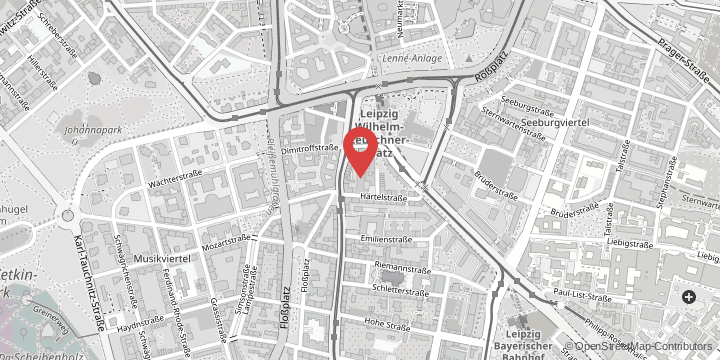They compared cloud properties within the exhaust plumes with those of the unpolluted neighbouring areas. They came to the surprising conclusion that the clouds hardly differed in water content. This contradicted recent research findings which claimed the opposite. The researchers have now published their results in the renowned journal Nature.
Professor Johannes Quaas from Leipzig University’s Institute for Meteorology contributed to the study by calculating what’s known as the radiative forcing. “This is used to calculate the extent to which the effect of particles on clouds changes the earth’s radiation balance. This in turn is a measure of how strongly the climate is changing,” he explains. It had already been reported that aerosols lead to more cloud droplets, causing clouds to have a more cooling effect. Contrary to previous assumptions, the new results now show that this cooling effect is not intensified by an increase in water content, but rather slightly reduced by about 20 per cent.
Original title of the publication in Nature:
“Weak average liquid cloud water response to anthropogenic aerosols”
More information:
Professor Johannes Quaas, tel.: +49341-97 32852; email: johannes.quaas(at)uni-leipzig.de































































